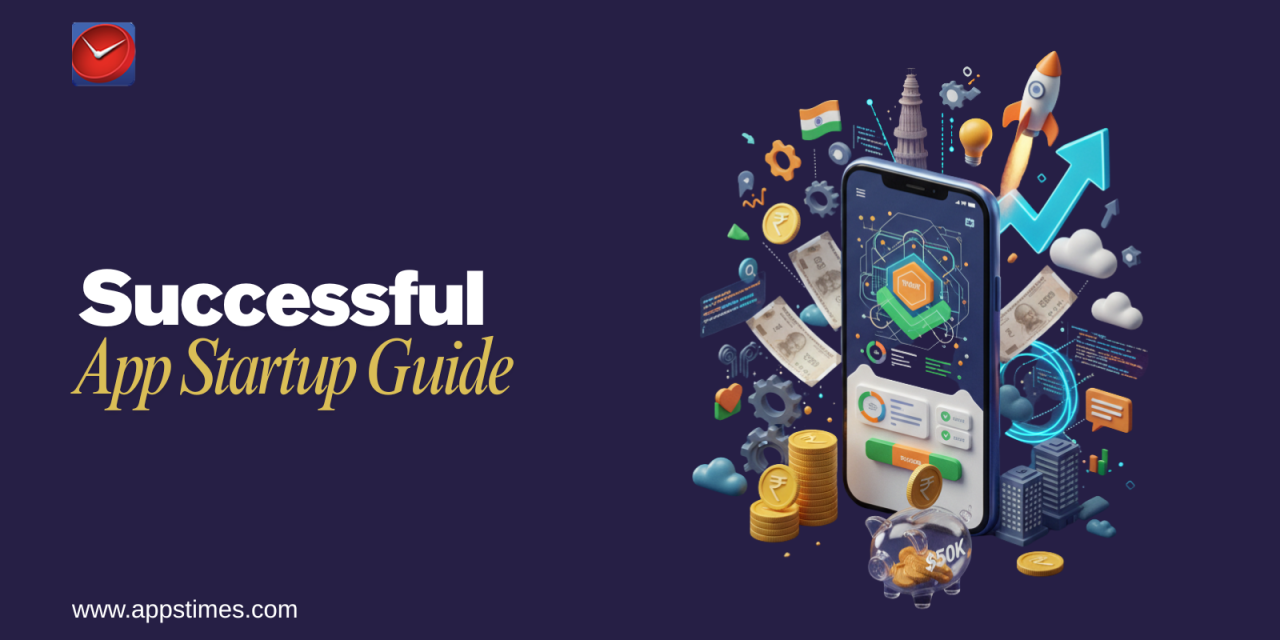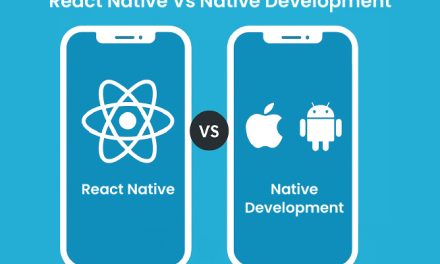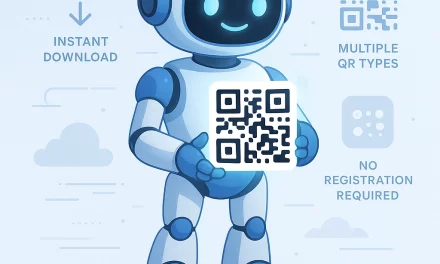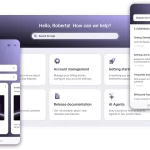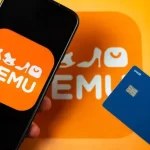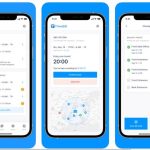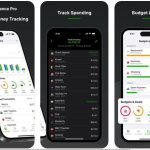Building a successful app startup in India is more achievable than ever, with the country’s digital economy projected to reach $1 trillion by 2025. With strategic planning and a $50,000 budget, you can launch a competitive mobile application that captures market share in this booming ecosystem
Market Research and Validation ($2,000)
Start by identifying gaps in the Indian market. Apps like Paytm and Swiggy succeeded by solving local problems. Conduct surveys, analyze competitor apps, and validate your idea through:
- Google Surveys: $500 for 1,000+ responses
- Focus groups: $800 in major cities like Bangalore, Mumbai
- Prototype testing: $700 using tools like InVision or Figma
Pro tip: India’s unique challenges include multiple languages, varying internet speeds, and diverse payment preferences. Your research should address these factors.
MVP Development Budget Breakdown ($25,000)
Development Team Structure
- Full-stack developer: $8,000 (4 months at $2,000/month)
- UI/UX designer: $4,000 (2 months)
- Quality assurance: $3,000
- Project management: $2,000
Technology Stack Recommendations
Choose React Native or Flutter for cross-platform development, reducing costs by 40% compared to native apps. Popular Indian startups like Dream11 use React Native successfully.
Essential Features ($8,000)
- User authentication and onboarding
- Core functionality (varies by app type)
- Payment gateway integration (Razorpay, UPI)
- Multi-language support (Hindi, English + regional languages)
- Offline functionality for poor connectivity areas
Legal and Compliance ($3,000)
Business Registration
- Private Limited Company: $400 registration
- Trademark filing: $150
- GST registration: $50
App Store Compliance
- Google Play Store: $25 one-time fee
- Apple App Store: $99/year
- Privacy policy and terms: $500 (legal consultation)
Data Protection
Ensure GDPR compliance and India’s upcoming Personal Data Protection Bill compliance. Budget $2,000 for legal consultation and implementation.
Marketing and User Acquisition ($15,000)
Digital Marketing Strategy
- Google Ads: $6,000 (targeting specific demographics)
- Facebook/Instagram campaigns: $4,000
- App Store Optimization (ASO): $1,000
- Influencer partnerships: $2,000
- Content marketing: $2,000
Growth Hacking Techniques
Implement referral programs like PhonePe’s successful strategy that acquired millions of users through cashback incentives. Allocate $1,000 for referral bonuses.
Technology Infrastructure ($3,000)
Cloud Services
- AWS or Google Cloud: $1,500/year for hosting
- Database management: $500
- CDN services: $300
- Analytics tools: $200 (Google Analytics, Mixpanel)
- Monitoring and security: $500
Choose AWS India regions for better latency and compliance with local data regulations.
Operational Expenses ($2,000)
Essential Tools
- Development tools: $500 (GitHub, Slack, Jira)
- Design software: $300 (Adobe Creative Suite)
- Communication: $200
- Office space/coworking: $1,000 (6 months in tier-2 cities)
Revenue Model Strategy
Proven Monetization Models
- Freemium: Like Hotstar’s free-to-premium conversion
- Commission-based: Following Zomato’s restaurant partnership model
- Subscription: Similar to Netflix India’s localized pricing
- In-app advertising: Partnering with Google AdMob
Key Success Metrics to Track
- Daily Active Users (DAU): Target 1,000+ in first 3 months
- User retention: 40% Day-1, 15% Day-7 retention rates
- Customer Acquisition Cost (CAC): Keep under ₹200
- Lifetime Value (LTV): Aim for 3x CAC ratio
Government Support and Funding
Startup India Benefits
- Tax exemptions for 3 years
- Fast-track patent examination
- Easier compliance through single-window clearance
Funding Opportunities
- SIDBI Fund of Funds: Up to ₹50 lakh
- Atal Innovation Mission: Government grants
- Angel investors: Through platforms like LetsVenture
Timeline and Milestones
Months 1-2: Foundation
- Market research and validation
- Team assembly and legal setup
- Technical architecture planning
Months 3-5: Development
- MVP development and testing
- Beta user feedback integration
- App store submission preparation
Months 6-8: Launch and Scale
- Marketing campaign execution
- User feedback implementation
- Revenue optimization
Common Pitfalls to Avoid
- Ignoring regional preferences: Apps must cater to local languages and payment methods
- Overlooking data costs: Optimize for 2G/3G networks
- Underestimating competition: Indian market has intense competition
- Poor customer support: Essential for user retention in price-sensitive market
Conclusion
Building a successful app startup in India with $50,000 is entirely feasible with proper planning and execution. Focus on solving genuine local problems, leverage cost-effective development approaches, and utilize India’s growing digital infrastructure.
The key is starting lean, validating quickly, and scaling strategically. Many successful Indian unicorns like Byju’s and Unacademy started with limited budgets and grew through smart resource allocation and deep market understanding.

